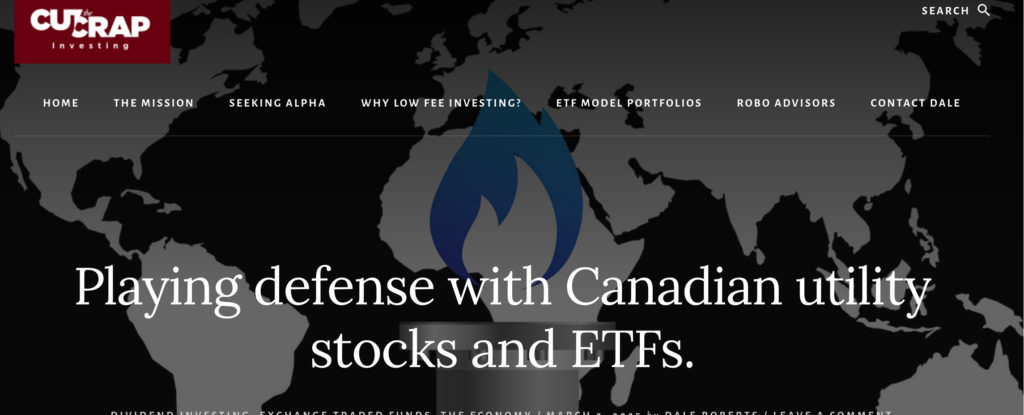
![]() Navigating the complexities of personal finance can be overwhelming, but strategic approaches lead to significant stress reduction. This article delves into the transformative power of Financial Independence, drawing on the expertise of seasoned professionals. Gain actionable insights on how to fortify financial health and secure a more serene state of mind.
Navigating the complexities of personal finance can be overwhelming, but strategic approaches lead to significant stress reduction. This article delves into the transformative power of Financial Independence, drawing on the expertise of seasoned professionals. Gain actionable insights on how to fortify financial health and secure a more serene state of mind.
- Automate Investments and Minimize Unnecessary Expenses
- Prioritize Savings to Build Financial Cushion
- Build Financial Resilience for Future Security
- Automate Finances to Improve Sleep Patterns
- Pay Off Debt to Reduce Mental Strain
- Diversify Income to Ease Financial Stress
- Maintain Safety Net for Peace of Mind
- Pursue Financial Independence for Strategic Decisions
- Financial Stability Empowers Value-Based Choices
Automate Investments and Minimize Unnecessary Expenses
Before discovering Financial Independence, every surprise expense felt like a mini heart attack. A sudden car repair or an unplanned medical bill would throw my whole month into chaos. I used to track my expenses obsessively, but it felt more like watching a sinking ship than steering it.
When I embraced the principles of Financial Independence, everything changed. I automated my investments to ensure consistent growth, minimized unnecessary expenses, and started treating my net worth like leveling up in a video game. Each step forward brought a tangible sense of progress, like gaining “health points” for life’s challenges.
The real difference came when the unexpected happened. For instance, when my car needed a major repair last year, I calmly paid cash instead of scrambling for a solution. That moment solidified my newfound confidence: I was prepared, not panicked.
Pursuing financial independence has been transformative for my stress levels. It’s not just about the numbers-it’s about turning fear into opportunity and anxiety into control. Every step toward independence feels like reclaiming a piece of peace. — Ahmed Yousuf, Financial Author & SEO Expert Manager, CoinTime
Prioritize Savings to Build Financial Cushion
Breaking free from the paycheck-to-paycheck cycle was one of the most transformative changes in my life, and it significantly reduced my stress and anxiety. Early on, I found myself constantly worrying about covering expenses, with little room to plan ahead. It felt like I was stuck in a cycle of survival, with no opportunity to build stability or security for the future. That constant financial uncertainty weighed heavily on me, affecting my focus, decision-making, and even my health.
The turning point came when I decided to prioritize savings. Even with modest means, I began setting aside a small percentage of each paycheck into a high-yield savings account. At first, it required discipline, sacrificing small luxuries like dining out or unnecessary purchases, but over time, the effort began to pay off. Watching my savings grow gave me a sense of control that I had never felt before. Instead of reacting to emergencies, I started feeling prepared for them.
A defining moment came during a time of professional uncertainty when layoffs were happening at my workplace. Previously, the prospect of losing a job would have left me in a panic, consumed by questions about how to pay for rent, bills, or necessities. This time, however, I had built a financial cushion that gave me peace of mind. Knowing I had several months of living expenses saved, I was able to remain calm, evaluate my options, and focus on finding the right path forward instead of making decisions out of desperation.
That experience taught me the profound power of financial stability. It not only reduced my anxiety but also allowed me to approach challenges with clarity and resilience. Building that security was a key step toward greater personal and professional confidence, reinforcing my commitment to the values of preparation and intentionality. — Sean Smith, CEO & ex Head of HR, Alpas Wellness
Build Financial Resilience for Future Security
Pursuing Financial Independence has had a profoundly positive impact on my stress levels and anxiety by creating a sense of security, freedom, and control over my future. The process of building financial resilience has allowed me to approach challenges with more confidence and reduced the mental burden of living paycheck to paycheck.
How It Reduced Stress:
- Peace of Mind: Knowing I have a financial cushion reduces the worry about unexpected expenses, such as medical bills or job loss.
- Freedom to Make Choices: Financial independence provides the ability to take calculated risks, whether in career changes, starting a business, or investing.
- Clear Goals: The structured process of saving, investing, and reducing debt brings a sense of purpose and direction, alleviating financial uncertainty.
In 2023, a major opportunity arose for me to transition from a salaried role to building my company. While exciting, the leap into entrepreneurship came with inherent risks, including the loss of a stable income. However, my pursuit of financial independence over the years had equipped me with:
- An emergency fund covering 12 months of living expenses.
- A diversified portfolio generating passive income.
This financial safety net allowed me to focus on growing the business without the anxiety of immediate financial pressure. Instead of stressing over daily operational costs, I was able to make thoughtful decisions about hiring, marketing, and product development. The result was not only professional growth but also improved mental health, as I could prioritize long-term success over short-term survival.
Pursuing financial independence isn’t just about wealth: it’s about reducing uncertainty and empowering yourself to lead a balanced, fulfilling life. It’s one of the most impactful ways to mitigate stress and foster a sense of control. — Kalpi Prasad, Finance Partner, Renown Lending
Automate Finances to Improve Sleep Patterns
Reducing financial stress has profoundly improved my overall well-being, and one of the most noticeable changes has been in my sleep patterns. Before I began focusing on financial stability, my nights were filled with worry, whether it was about unexpected bills, looming due dates, or just the general uncertainty of not having a financial plan. I often found myself lying awake, replaying scenarios about how I might manage in case of emergencies. This mental turmoil not only disrupted my sleep but also impacted my ability to fully show up for others during the day, especially in my personal and professional life.
One of the most transformative steps I took was automating my finances. By creating a system where a portion of my income automatically went into savings and setting up automatic bill payments, I removed the risk of late fees and the constant fear of forgetting due dates. For instance, I prioritized building an emergency fund by setting aside a small percentage of my income every month. Slowly but surely, watching that fund grow gave me a sense of security I hadn’t felt before. My recurring expenses were handled without the stress of constantly monitoring them, which freed up mental space for more meaningful pursuits.
This sense of order allowed me to sleep peacefully for the first time in years. Knowing that my financial house was in order provided a deep sense of relief, allowing me to let go of the endless cycle of “what-ifs” that had previously kept me awake. A pivotal moment for me came when an unexpected family expense arose. In the past, I would have spiraled into worry, trying to figure out how to manage. Instead, I was able to handle the situation calmly, knowing I had prepared for moments like this. That experience reinforced how much my financial independence was improving my life.
Now, I wake up rested, focused, and ready to continue serving others, which has always been my greatest passion. Recovery taught me the importance of building stability in all areas of life, and Financial Independence has become a key part of that journey. It’s a reminder that taking small, consistent steps toward stability creates a foundation for lasting peace and purpose. — Tyler Bowman, Founder & CEO, Brooks Healing Center
Pay off Debt to Reduce Mental Strain
Paying off debt was a transformative milestone in my journey toward Financial Independence and significantly reduced my stress and anxiety. The weight of monthly payments was a constant source of mental strain, creating a cycle of worry that seemed impossible to break. I vividly remember how overwhelming it was to see interest charges pile up, making progress feel out of reach. It often felt like no matter how much I tried, I was stuck in a loop that only deepened my stress.
To address this, I took a methodical approach, prioritizing high-interest debts and creating a structured repayment plan. Each payment became a small victory, reinforcing my determination to push forward. It wasn’t always easy, but focusing on the long-term goal of freedom kept me motivated even during challenging moments. The day I cleared my debt was nothing short of life-changing. The relief I felt was profound, like a weight I had been carrying for years was suddenly gone. Continue Reading…





